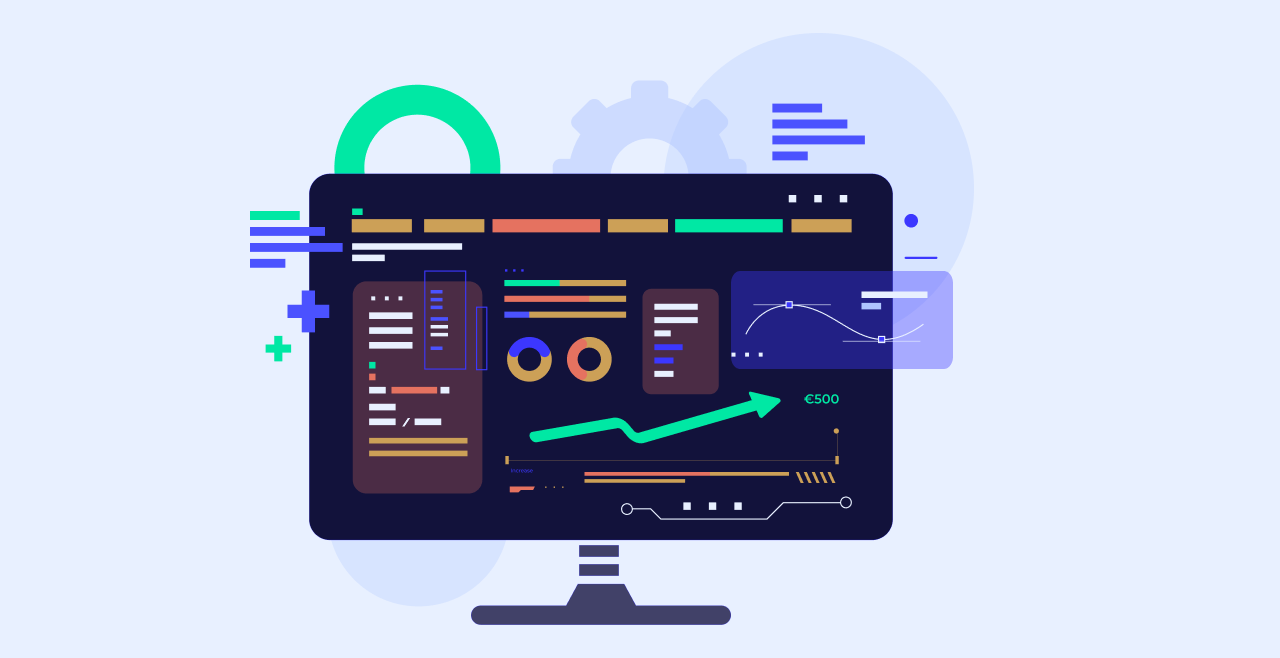You’ve unlocked the secrets of ecommerce pricing! Now, it’s time to translate those core principles into a powerful strategy that fuels your online business growth. This section equips you with a treasure trove of valuable tools and resources designed to streamline the process, elevate your approach, and unlock the full potential of effective pricing for your online store. Let’s dive in and explore the arsenal at your disposal!
Pricing software
- Embrace automation: Consider using specialized ecommerce pricing software. These tools go beyond basic calculations, offering functionalities like:
- Cost integration: Seamlessly connect your product cost data, eliminating manual entry and ensuring accurate pricing.
- Competitor tracking: Monitor competitor pricing fluctuations and identify potential gaps in the market to position your products strategically.
- Price optimization: Leverage algorithms and market data to suggest optimal price points based on your profit margin goals and market trends.
Here are some popular options to explore:
- PriceLabs (https://hello.pricelabs.co/)
- ProfitWell (https://www2.profitwell.com/app/dashboard)
- Zpricing (https://conceptzperformance.com/help/pricematch.php)
Competitive pricing research tools
- Knowledge is power: Gain valuable insights into competitor pricing strategies with tools like:
- Amazon price tracker (https://www.youtube.com/watch?v=iycr88LEsAY) (for products sold on Amazon)
- PriceMole (https://pricemole.io/) (tracks competitor pricing across various platforms)
- Identify opportunities: Use this intel to identify pricing sweet spots where you can offer competitive prices while maintaining healthy profit margins.
- Adapt and thrive: Stay informed about competitor activity and adjust your pricing strategy accordingly to stay ahead of the curve.
Understanding industry trends
- Uncover valuable data: Leverage market research reports and industry publications to stay informed about pricing trends within your niche. Here are some valuable resources:
- Statista (https://www.statista.com/)
- Ecommerce Today (https://ecommerce-today.com/)
- Consumer insights: Gain a deeper understanding of customer behavior and pricing expectations within your target market.
- Data-driven decisions: Use market research as a springboard to inform your pricing strategy and ensure you’re aligned with customer expectations.
Optimizing for conversions
- The Power of Experimentation: Platforms like Google Optimize (https://support.google.com/analytics/answer/12979939?hl=en) or Optimizely (https://www.optimizely.com/) allow you to run A/B tests on your product pricing.
- Test and refine: Create variations of your pricing strategy and see how customers respond to different price points.
- Data-driven optimization: By analyzing A/B test results, you can identify the pricing strategy that resonates best with your audience and maximizes conversions.
Customer feedback tools
- Gather valuable insights: Don’t underestimate the power of direct customer feedback. Tools like SurveyMonkey (https://www.surveymonkey.com/) or Hotjar (https://www.hotjar.com/) can help you:
- Conduct surveys: Ask customers directly about their perception of your product’s value and their willingness to pay a certain price.
- Analyze user behavior: Use heatmaps and session recordings to see how customers interact with your pricing on your website.
- Embrace customer feedback: Utilize this valuable data to refine your pricing strategy and ensure it aligns with customer expectations.
In conclusion, effective ecommerce pricing is a continuous journey, not a one-time fix. Using the tools and resources outlined above, and fostering a data-driven approach that incorporates ongoing testing and refinement unlocks the power of pricing to propel your online business to new heights.
